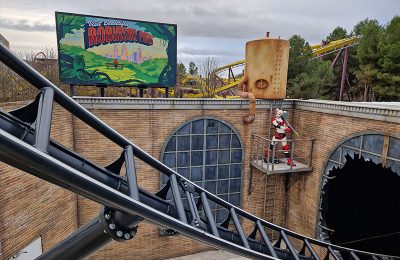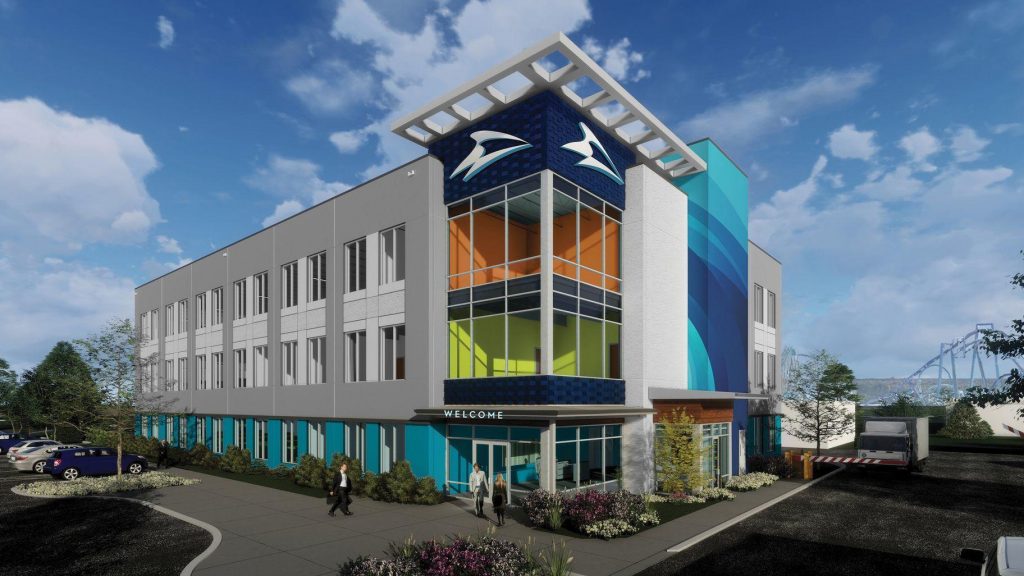
Over the last week, rumors have been circulating about SeaWorld potentially declaring bankruptcy in the near future and looking to “offload some or all of its animals.” People for the Ethical Treatment of Animals (PETA) have taken this opportunity to send a letter to Scott Ross, the chairman of SeaWorld Entertainment’s board, urging SeaWorld to “stop breeding more dolphins and whales immediately.”
Earlier this week, an article was published in the Orlando Weekly which alleges that Scott Ross “may be pushing the company into bankruptcy.” This is a very bold claim to make – although SeaWorld isn’t in an optimal financial situation at the moment, as evidenced by liens filed against the company’s parks, SeaWorld leadership has reiterated time and time again that they have enough cash on hand to last until the end of the 2021 season, even if all of their parks remain closed.
Instead of fact-checking with the original sources, the Orlando Weekly article misconstrues and attempts to summarize a blog post from an industry expert detailing how SeaWorld is dealing with the global coronavirus pandemic. While the original source claimed that SeaWorld is considering financial options in the middle of a pandemic (just like many other hard-hit companies are), the Orlando Weekly article made it seem as if Ross was purposefully causing the company to declare bankruptcy in the near future. This misconception could have been easily cleared up if the Orlando Weekly interviewed the author of the original material, but it does not appear he did so.
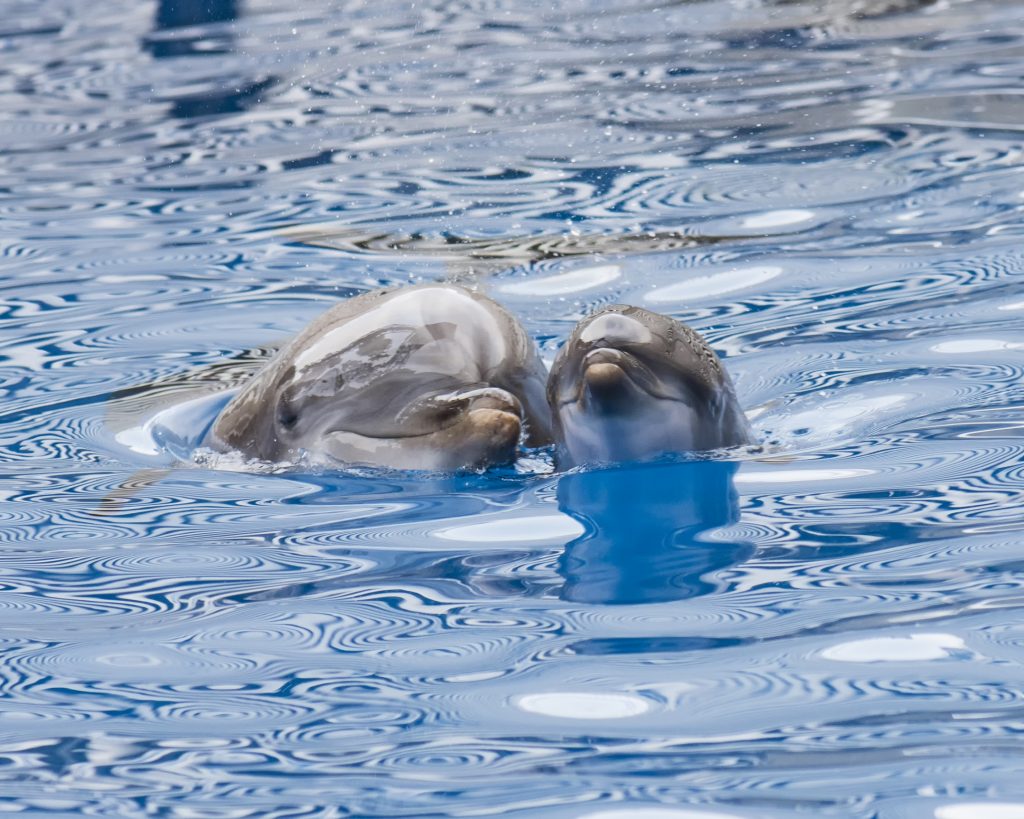
The article also insinuates that “SeaWorld may be looking to offload some or all of its animals,” but this is yet another distortion of the original source, which hinted at the possibility that the company could sell individual animals if it needed another source of income. The sale of animals between zoological facilities is a common occurrence, not evidence of bankruptcy. SeaWorld selling all of its animal collections would be essentially impossible – SeaWorld San Diego is required by its lease agreement to be an animal and conservation-focused park. SeaWorld’s business model relies on both animal exhibits and thrill rides to differentiate the company from its competition.
PETA and other animal rights organizations have been quick to jump on any speculation that SeaWorld might be experiencing financial hardships. On June 26, PETA sent a letter to Scott Ross urging SeaWorld to end all of its cetacean breeding programs and to move its animals to seaside sanctuaries. “If SeaWorld is going under, the last thing it should be doing is producing more generations of dolphins and whales just to have them suffer in cramped tanks,” said PETA President Ingrid Newkirk. “PETA is calling on SeaWorld to stop all animal breeding and win back its fleeing audiences with animatronic dolphins, interactive digital aquariums, and other cost-effective, futuristic fare.” Essentially, PETA is encouraging SeaWorld to get rid of all animal exhibits and replace them with virtual aquariums and robotic dolphins, which they argue would help decrease operation costs. In exchange for agreeing to get rid of all of its cetaceans, PETA is offering SeaWorld a quarter-million dollars to begin the process of building a sea sanctuary.
Although it might sound reasonable, PETA’s strategy for SeaWorld is ultimately a strategy to close it down. Getting rid of the park’s treasured animals would not increase attendance – it would tank it. The company’s marine mammal presentations are one of its biggest assets. In the year that SeaWorld San Diego did not offer an orca presentation for a few months, attendance at the park declined by 14% and annual pass sales “deteriorated.” And while robotic dolphins look nice in highly-edited videos, nothing compares to the experience of seeing the power and intelligence of a real dolphin. Each robotic dolphin requires an individual person with a remote control to coordinate the dolphin’s movements, which would make it extremely complicated to put on a single dolphin show. Robotic dolphins cannot mimic the high-energy and fast-swimming behaviors of live dolphins, and cannot be used for the kinds of scientific research that have a direct benefit to wild dolphin populations. If live whales and dolphins in marine parks go extinct, so will the research studies that play a critical role in conserving these species.
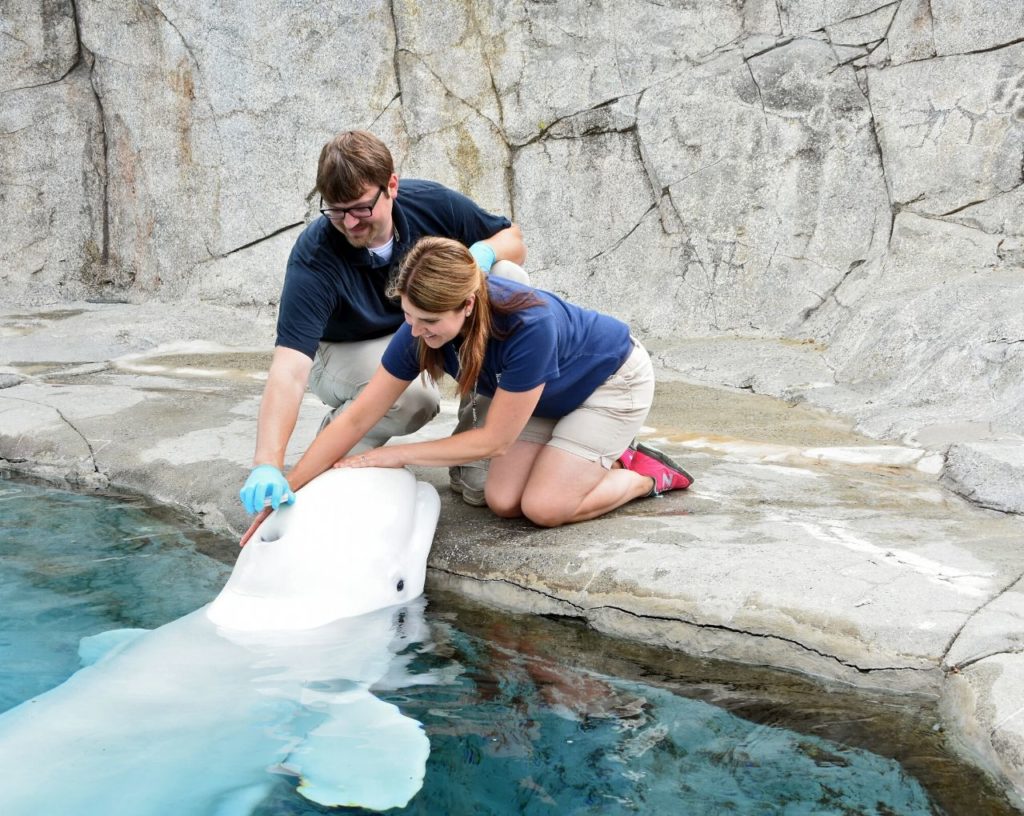
Animal rights activists want to relocate the world’s entire captive cetacean population to seaside sanctuaries, but the fact remains that not one permanent seaside sanctuary exists in North America, nor has a feasible location been located for one. Four years ago, the National Aquarium committed to sending its dolphins to a seaside sanctuary and has been in the process of searching for a location ever since. However, they have been unable to find a suitable location. According to the aquarium’s CEO, not one of the 50 sites the aquarium surveyed is suitable for a permanent cetacean sanctuary. Fierce storms, algal blooms, and climate change have made the search virtually impossible. Activists have also been unable to come up with the millions required to construct the habitat in the first place, not to mention the hundreds of thousands of dollars it would take to maintain such an enclosure annually. PETA’s contribution of $250,000 would not even cover the cost to construct the seaside sanctuary, much less maintain it for decades to come.
Zoos and aquariums around the country are facing unprecedented financial hardships in the years ahead. While many businesses have been able to cut costs and gain revenue from other sources, zoos have been hemorrhaging money while their parks were closed to the public. Much credit needs to be given to the zoological institutions that continue to care for, rescue, and rehabilitate stranded animals, even in the face of financial unpredictability.
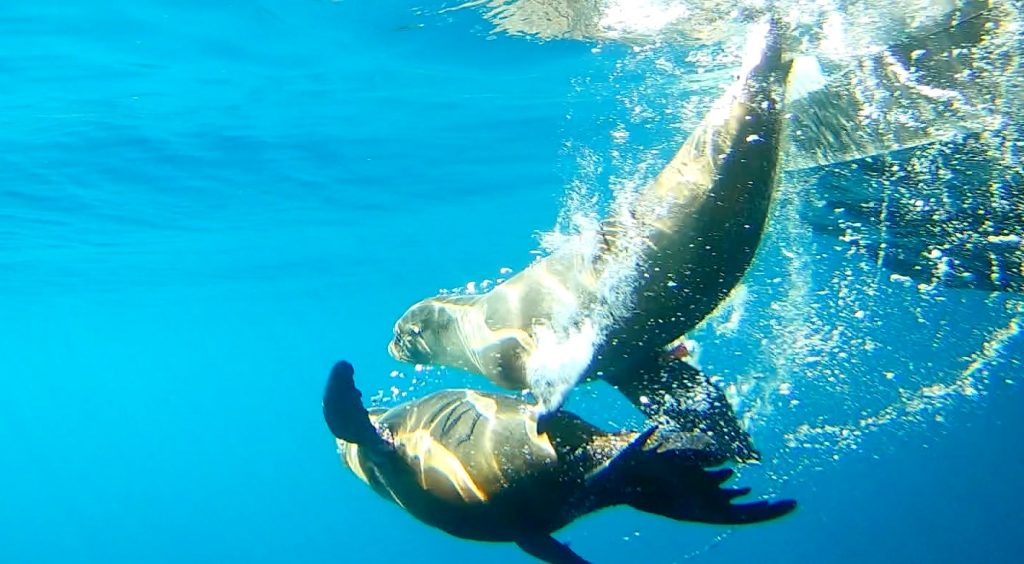
Remember to stay tuned for more from information from zoos and aquariums nationwide, and be sure to get social with us on Facebook, Instagram, or Twitter for the latest updates and subscribe to us on YouTube for some really awesome content!


